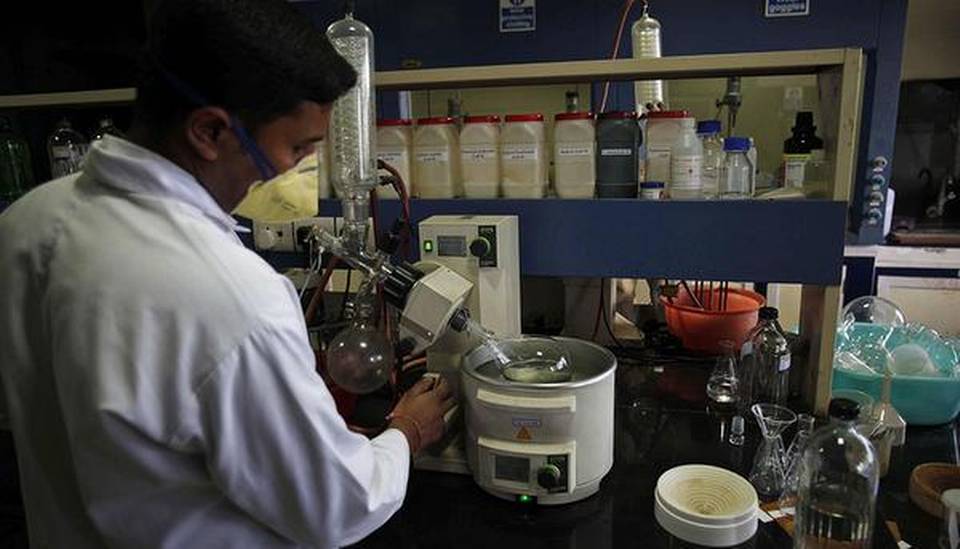‘Kill Switch’ for Cancer Cells: A Breakthrough Discovery in Cancer Treatment
Scientists in California have made a significant breakthrough by discovering a ‘kill switch’ that triggers the death of cancer cells. The experts from UC Davis Comprehensive Cancer Center in Sacramento have identified a protein on a receptor that can be engineered to induce the death of cancer cells. These receptors, known as CD95 receptors or Fas receptors, are often referred to as ‘death receptors’ and are located on cell membranes.
Activating Self-Destruction
When these receptors, specifically CD95 receptors or Fas receptors, are activated, they release signals that prompt cancer cells to undergo self-destructive processes. This discovery opens new possibilities for targeted cancer therapies.
CAR T-Cell Therapy
The therapy based on this discovery is termed CAR T-cell therapy. It involves extracting T cells from the patient’s blood and genetically modifying them in a laboratory to produce receptors known as chimeric antigen receptors (CARs). These modified cells are then reintroduced into the patient’s bloodstream, where they can target and induce the death of cancer cells.
Efficacy Against Blood Cancers
CAR T-cell therapy has shown promising efficacy against liquid cancers, including leukemia and other blood-related cancers. However, its success against solid tumors, such as breast, lung, and bowel cancers, has been limited.
Overcoming Challenges
While there are challenges in extending the therapy’s effectiveness to solid tumors, the research team remains hopeful. Identifying the critical epitope for cytotoxic Fas signaling and CAR T-cell bystander anti-tumor function represents a significant step forward. Researchers are optimistic about evolving the therapy to target solid cancers like ovarian cancer in the near future.
A Therapeutic Path Forward
Previously, efforts to target the Fas receptor have faced obstacles, but with the identification of this epitope, there is potential for a therapeutic path to target Fas in tumors. This breakthrough offers hope for more effective cancer treatments and improved outcomes for patients.
Month: Current Affairs - November, 2023
Category: Science & Technology Current Affairs







